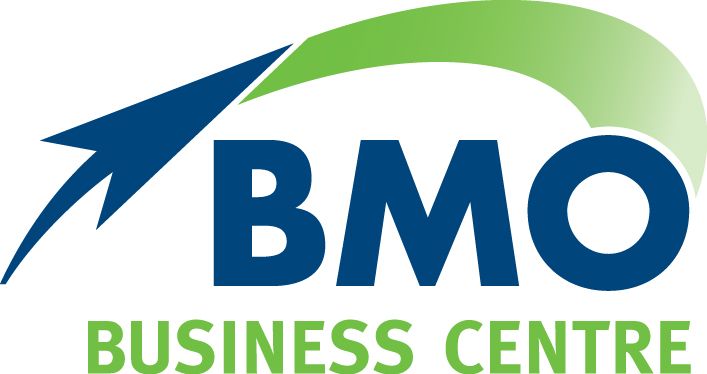How to boost your super with a lump sum
If you’re lucky enough to have received a windfall, perhaps an inheritance or a retrenchment payout, your first decision will be what to do with it.
Assuming you have decided against a shopping splurge, finding the best place to invest a lump sum is all about the effect on your tax bill and how soon you will need access to the funds.
For those interested in investing their lump sum for a longer term, superannuation is one approach because of its tax benefits.
But be aware that, while super can be a tax-effective investment, there are limits on how much you can pay into your super without having to pay extra tax. These are known as contribution caps.
Different types of contributions
There are two types of super contributions you can make – concessional and non-concessional – and contribution caps apply to both.
Concessional contributions are paid into super with pre-tax money, such as the compulsory contributions made by your employer. They are taxed at a rate of 15 per cent.
Non-concessional or after-tax contributions are paid into super with income that has already been taxed. These contributions are not taxed.
So, the tax you pay depends on whether:
- the contribution was made before or after you paid tax on it
- you exceed the contribution caps
- you are a high income earner (If your income and concessional contributions total more than $250,000 in a financial year, you may have to pay an extra 15 per cent tax on some or all of your super contributions.)
Investing after-tax income
There are many different types of after-tax contributions that can be made to your super including contributions your spouse may make to your fund, contributions from your after-tax income, an inheritance, a redundancy payout or the proceeds of a property sale.
Based on current rules, the annual limit for non-concessional or after-tax contributions is $110,000. You can also bring-forward two financial years’ worth of non-concessional contributions and contribute $330,000 at once but then you can’t make any further non-concessional contributions for two financial years. Note that are certain limitation on these types of contributions.
It is also useful to note that, under certain conditions, there are some types of contributions that do not count towards your cap. These include: personal injury payments, downsizer contributions from the proceeds of selling your home and the re-contribution of COVID-19 early release super amounts.
The Downsizer scheme allows the contribution of up to $300,000 from the proceeds of the sale (or part sale) from your home. You will need to be above age 55 but there is no upper age limit, the home must be in Australia, have been owned by you or your spouse for at least 10 years, the disposal must be exempt or partially exempt from capital gains tax and you have not previously used a downsizer contribution.
Giving your super a boost
A review of your super balance and some quick calculations about your projected retirement income might inspire you to give your super a boost but not everyone has access to a lump sum to invest.
A strategy that uses smaller amounts could include any amount from your take-home pay. These contributions will count towards your non-concessional or after-tax cap.
Alternatively, you add to your super from your pre-tax income using, for example, salary sacrifice. These types of concessional or pre-tax contributions attract a different contribution cap: $27,500 per year, which includes all contributions made by your employer.
If your super fund balance is less than $500,000, your limit may be higher if you did not use the full amount of your cap in earlier years. You can check your cap at ATO online services in your myGov account.
The rules for super contributions can be complex so give us a call to discuss how best to maximise your benefits while avoiding any mistakes.
The information in this article does not take into account your objectives, needs and circumstances. We recommend that you obtain investment and taxation advice specific to your investment objectives, financial situation and particular needs before making any investment decision or acting on any of the information contained in this document. Subject to law, Capstone Financial Planning nor their directors, employees or authorised representatives gives any representation or warranty as to the reliability, accuracy or completeness of the information; or accepts any responsibility for any person acting, or refraining from acting, on the basis of the information contained in this document. Principal Wealth Management Pty Ltd trading as BMO Financial Solutions ABN 53 109 336 601 is a Corporate Authorised Representative (CAR 277821) of Capstone Financial Planning Pty Ltd ABN 24 093 733 969 Australian Financial Services Licence (AFSL) No. 223135.
The post How to boost your super with a lump sum appeared first on BMO Accountants.
Contact Us
BMO Dalby
By Mail:
PO Box 180
Dalby Qld 4405
In Person: 178 Drayton Street (access via Hogan Street)
Dalby Qld 4405
BMO Charleville
By Mail:
PO Box 198
Charleville Qld 4470
In Person: 58 Alfred Street
Charleville Old 4470
BMO Roma
By Mail: PO Box 300 Roma Qld 4455
In Person: 137 McDowall Street Roma Qld 4455
Office Hours:
Monday – Thursday 8am – 5pm and Friday 8am – 3pm
PH: 07 4662 3722
FAX: 07 4662 5975
Useful Links
Stay in Touch
Footer Contact Form
We will get back to you as soon as possible
Please try again later
Contact Us
BMO Dalby
By Mail: PO Box 180 Dalby Qld 4405
In Person: 178 Drayton Street (access via Hogan Street) Dalby
BMO Charleville
By Mail:
PO Box 198
Charleville Qld 4470
In Person: 58 Alfred Street
Charleville Old 4470
BMO Roma
By Mail: PO Box 300 Roma Qld 4455
In Person: 137 McDowall Street Roma Qld 4455
Office Hours: Monday – Thursday 8am – 5pm and Friday 8am – 3pm
PH:
07 4662 3722
FAX: 07 4662 5975
Footer Contact Form
We will get back to you as soon as possible
Please try again later
All Rights Reserved | BMO Dalby | Website design & development by Hey Marketing


